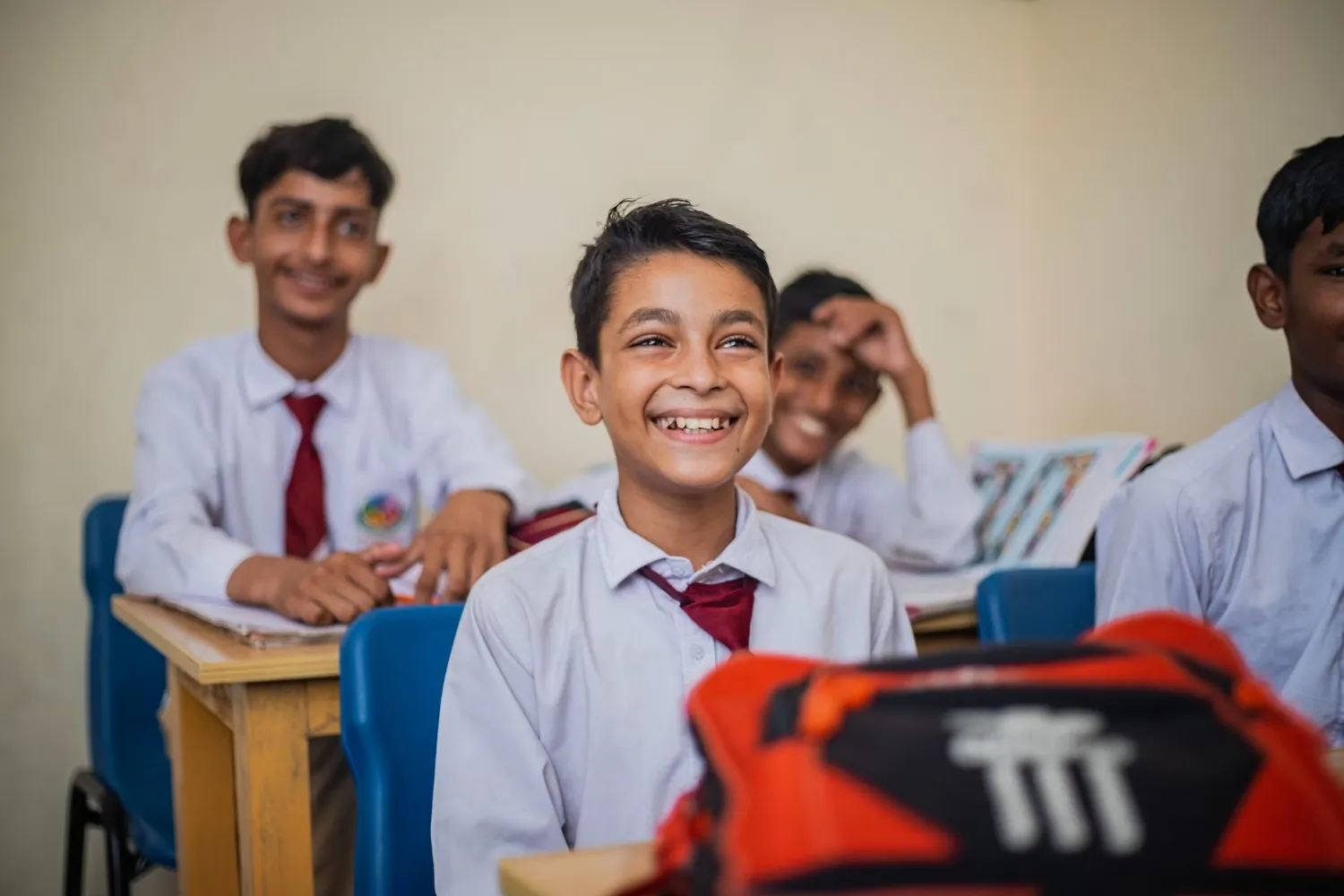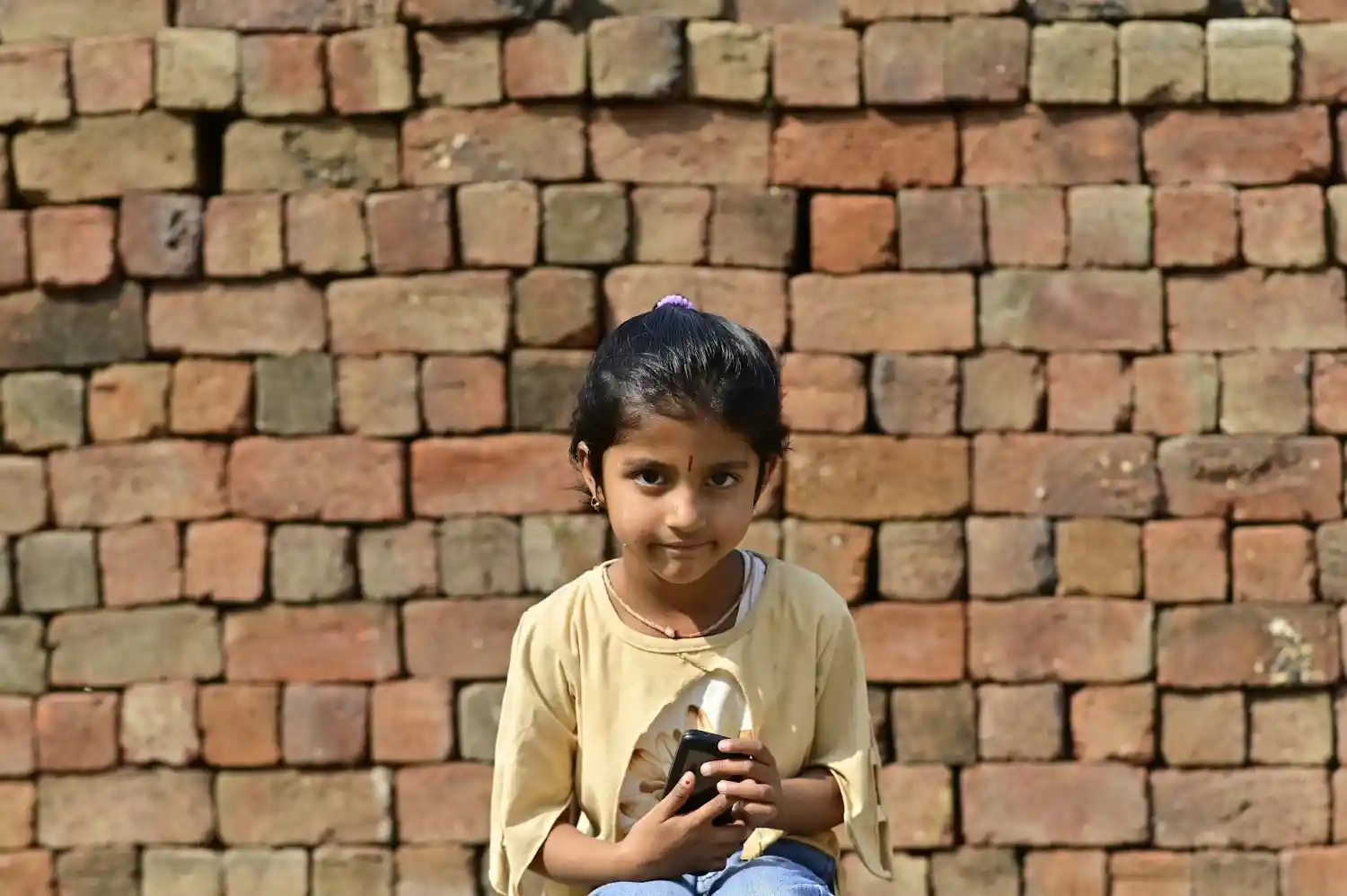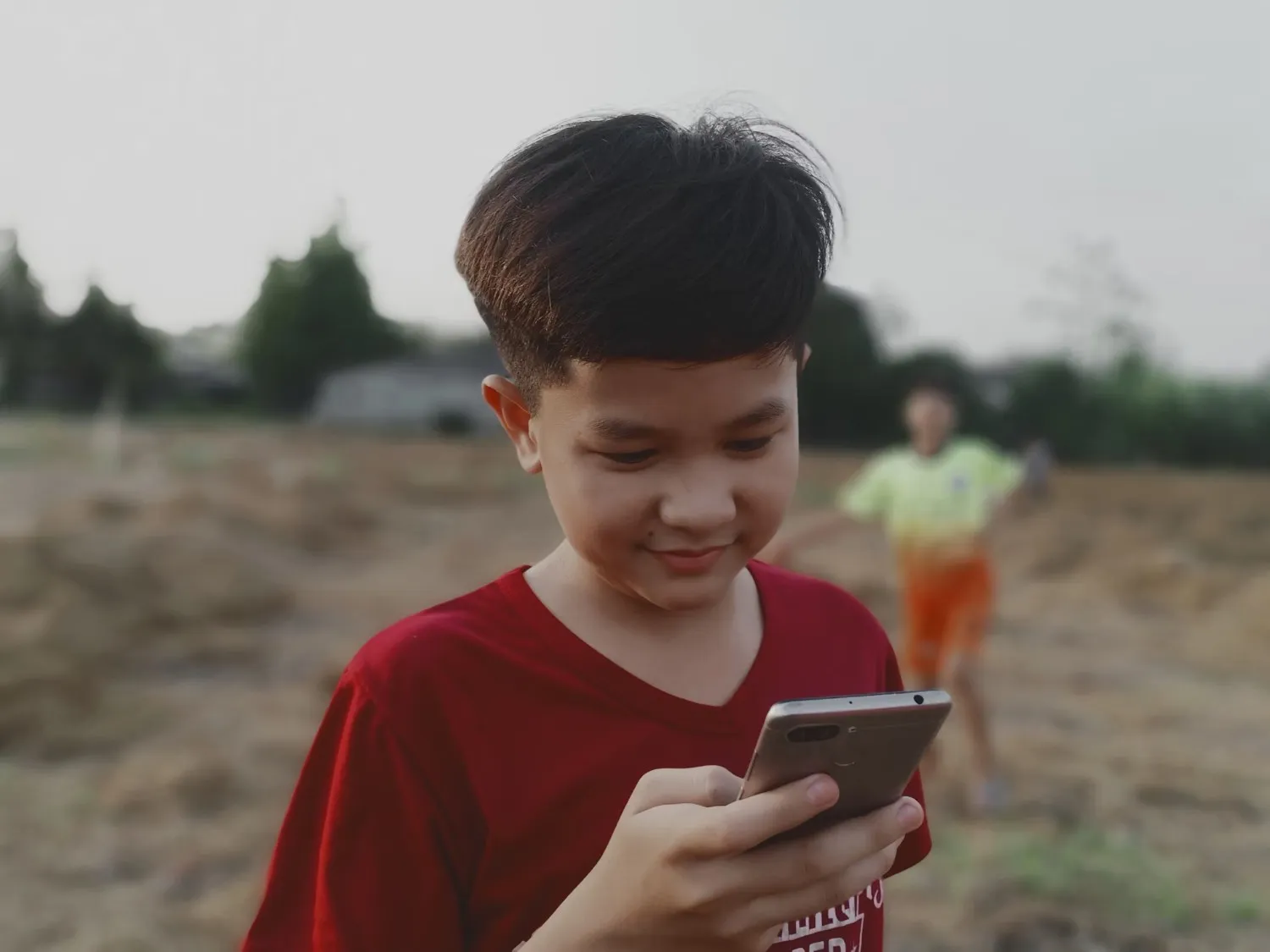Introduction
Imagine a classroom in rural India where every child feels valued and empowered- be it from a marginalized community, living with a disability, or learning in a second language. A 2023 UNESCO report states that inclusive education has boosted academic performance by 15% for students with disabilities. As per the 2020 National Education Policy, over 8 million children suffering with any disabilities attend school. Success stories of inclusive education are empowering others as well as highlighted by the Top 10 Education NGOs in India, these efforts are spreading across the country. Such stories show how strategies for inclusive classrooms are transforming lives across India. Fasten your seatbelts to get inspired?
Why Inclusive Classrooms Matter in India

In every diverse country like India, inclusive classroom practices are a necessary practice. The National Center for Promotion of Employment for Disabled People (NCPEDP) states that the inclusive schools increase graduation rates for students with disabilities by 18%. Beyond academics, these classrooms bridge other things also.
From urban cities to remote villages, diversity in education empowers students to grow. Let’s explore three Indian stories that prove inclusive education is not just a policy but a movement for a better future for all childrens.
Success Stories That Will Inspire You
Priya’s Journey: Universal Design for Learning in Mumbai
Imagine you’re Priya, a 12-year-old girl with cerebral palsy in a crowded Mumbai government school. Traditional lessons were tough—you couldn’t hold a pencil easily or keep up with fast-paced teaching. But your teacher, Ms. Sharma, changed everything by adopting universal design for learning (UDL). She used visual aids, tactile materials, and assistive technology in education, like text-to-speech apps, to make lessons accessible. “Every child deserves to learn in their own way,” Ms. Sharma said in a 2024 X post.
Within a year, you’d be engaging in group projects and even reciting a poem at the school assembly, your voice ringing with pride. Your father shared, “Priya used to feel left out. Now she’s the star of her class!” This real-life example of inclusive classroom success shows how inclusive teaching methods and digital tools for special education are transforming urban schools, giving students like you a chance to shine.
Ravi’s Breakthrough: Differentiated Instruction in Rural Rajasthan
Now, picture yourself as Ravi, a 14-year-old in a small Rajasthan village, where dyslexia made reading classes a nightmare. You dreaded school until your teacher, trained by a local NGOs special needs education program, introduced differentiated instruction. Instead of struggling with dense textbooks, you got audiobooks, pictorial worksheets, and extra time for tasks. “It’s about giving Ravi a path to shine,” your teacher noted.
Suddenly, learning felt possible. Your confidence grew, and you wrote a short story for the school newsletter, earning applause from your peers. This case study on inclusive education success proves that classroom inclusion strategies, like adaptive learning tools, can transform rural classrooms, even with limited resources.
The Unessa Foundation’s support for teacher training made this possible, showing how education apps for special needs can bridge gaps in remote areas. Learn how emotional well-being in underprivileged students is also closely tied to effective inclusive education.
A Community Win: Collaborative Learning in Jharkhand
techStep into a tribal school in Jharkhand, where you’re a student navigating a mix of backgrounds, including some peers with learning disabilities. The school faced challenges integrating everyone until it embraced collaborative learning environments. Teachers paired students for peer mentoring and group projects, using accessible learning techniques like visual storytelling. With training from local partnerships, they also incorporated tools for differently-abled students, like sign language resources.
If you were Sunita, a 15-year-old with a hearing impairment, you’d find your place through peer support. “My friends helped me learn, and I taught them sign language,” you’d sign with a smile. This success story of inclusive education shows how inclusive school programs encourage equity in education in India, creating communities where everyone learns.
These stories aren’t just heartwarming but are proof that strategies for inclusive classrooms works from urban cities to rural villages. But how can one make this happen in their own school or community? Let’s explore practical strategies to bring inclusive education to life.
Strategies to Create Inclusive Classrooms in India
Inspired by Priya, Ravi, and Sunita? Here are five effective strategies for inclusive classrooms tailored for Indian schools in 2025, designed to help you—whether you’re a teacher, parent, or student—make a difference:
Embrace Universal Design for Learning (UDL)
UDL makes learning accessible for every student. UDL is about finding creative ways to meet childrens where they are.
Create Individualized Education Plans (IEPs):
Every child is unique, and an IEP provides a roadmap to help them. It’s about understanding what each child needs to succeed and stitch their learning journey to fit them perfectly.
Leverage Assistive Technology:
Low-cost special education technology, like smartphone apps or DIY tactile boards, makes accessible learning The Unessa Foundation equips rural schools with tablets loaded with apps like Microsoft Immersive Reader, supporting how speech-to-text tools help dyslexic students in school.
Engage Communities:
Community involvement is key. Organize workshops to educate parents about disability rights and involve them in IEPs. A 2024 Unessa Foundation initiative trained 500 parents in Uttar Pradesh, boosting school attendance by 15%. Parent awareness also helps reduce stress, as seen in these stress management techniques for students.
Train Teachers:
Regular teacher training for inclusion equips educators with skills to manage diverse classrooms. Online courses like those from NCERT are accessible and effective.
Fun Fact: A 2024 study done by the Azim Premji Foundation found out that 80% of Indian teachers using inclusive methods, reported higher student engagement, proving that classroom inclusion strategies benefit everyone.
If you were a teacher in a rural school, using a low-cost application to help a visually impaired student to read, or as a parent advocating for their child’s needs at a community workshop. The strategies, supported by EdTech for special education, are practical steps you can take to create inclusive classrooms that celebrate diversity in education.
More Stories of Transformation
The success stories don’t stop with Priya, Ravi, and Sunita. Let’s explore two more examples that show how inclusive school programs are making waves across India:
Amit’s win in Delhi:
Amit, a 13-year-old boy with autism in a public school, struggled with social interactions. His school adopted collaborative learning environments, allowing him to join all the group projects. With the help of assistive technology in education, he began participating in class discussions. “Amit’s smile lights up the room now,” his teacher shared. This story shows how assistive tech benefits the students with autism or ADHD which ties in well with our discussion on mental health support in education.
Lakshmi in Tamilnadu:
Lakshmi, a 16-year-old girl belonging to a marginalized community in Tamil Nadu, faced language barrier in a Tamil-medium school. Her teacher used universal design for learningto incorporate resources and adaptive learning tools. She led a school play after that, showcasing her talents. Such real-life example of inclusive classroom success shows how technology to support learning disabilities can empower students from every backgrounds.
These stories show that inclusive education is about unlocking one’s potential. Whether you’re in a bustling urban city or a calm remote village, strategies for inclusive classrooms can make a huge difference at both place.
Challenges one Might Face in Inclusive Education
Creating inclusive classrooms in India isn’t so easy. If you’re a teacher, you might face limited budgets, large class sizes, or cultural stigmas around disabilities. If a parent, you might worry about whether your child will be accepted or not. According to a 2024 NCERT report, only 25% of Indian schools have fully accessible infrastructure for disabled peoples, like ramps or braille resources, limiting accessible education.
Yet, schools like those in Jharkhand prove it’s possible to overcome these challenges. By partnering with NGOs like the Unessa Foundation and leveraging government schemes like Samagra Shiksha, they’ve funded inclusive school programs and trained teachers in ways teachers use technology for students with learning disabilities. The Unessa Foundation’s global model of community involvement inspires similar efforts in India, showing that collaboration is key.
If you’re a teacher, start with basic: try one inclusive teaching method, like group storytelling, and see its impact on children. Jharkhand’s local school principal said, “Inclusion isn’t a luxury, it’s the soul of our classrooms.” Even with limited resources, you can make it happen, by using tech tools that enhance accessibility in classrooms.
This is where mental health becomes equally vital—read more on how to recognize and address mental health issues in students.
Conclusion: Your Role in Building a Brighter Future
From Priya’s poetry in Mumbai to Ravi’s stories in Rajasthan, Sunita’s sign language in Jharkhand, Amit’s confidence in Delhi, and Lakshmi’s leadership in Tamil Nadu, these success stories of inclusive education prove that inclusive classroom practices change lives. By embracing strategies for inclusive classrooms and special education technology, Indian schools are celebrating diversity in education and empowering every child to grow with confidence.
Ready to make a difference? Whether you’re a teacher, parent, or student, you can start small—try one inclusive method, connect with NGOs like the Unessa Foundation, or explore inclusive education technology. Visit our resources on inclusive learning or EdTech solutions to learn more. Together, let’s create an India where every classroom is a place where every student shines.
💛 Donate to learning kits to children with disability and training programs 💛
Your donation helps us fund:
- Emotional health toolkits for classrooms
- Training sessions for teachers and caregivers
- Mental health workshops and counseling support
- Art and play therapy sessions for children in trauma
Even a small monthly contribution can fund mindfulness materials, journals, or wellness kits for multiple children.
Want to see how effective digital platforms can amplify NGO impact? Check out The Power of NGO Websites: Examples and Key Elements.















